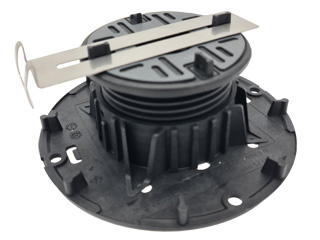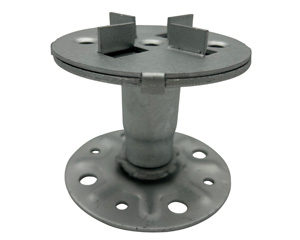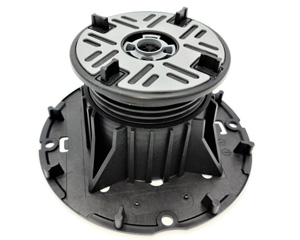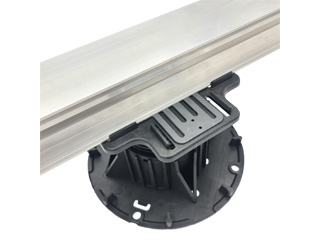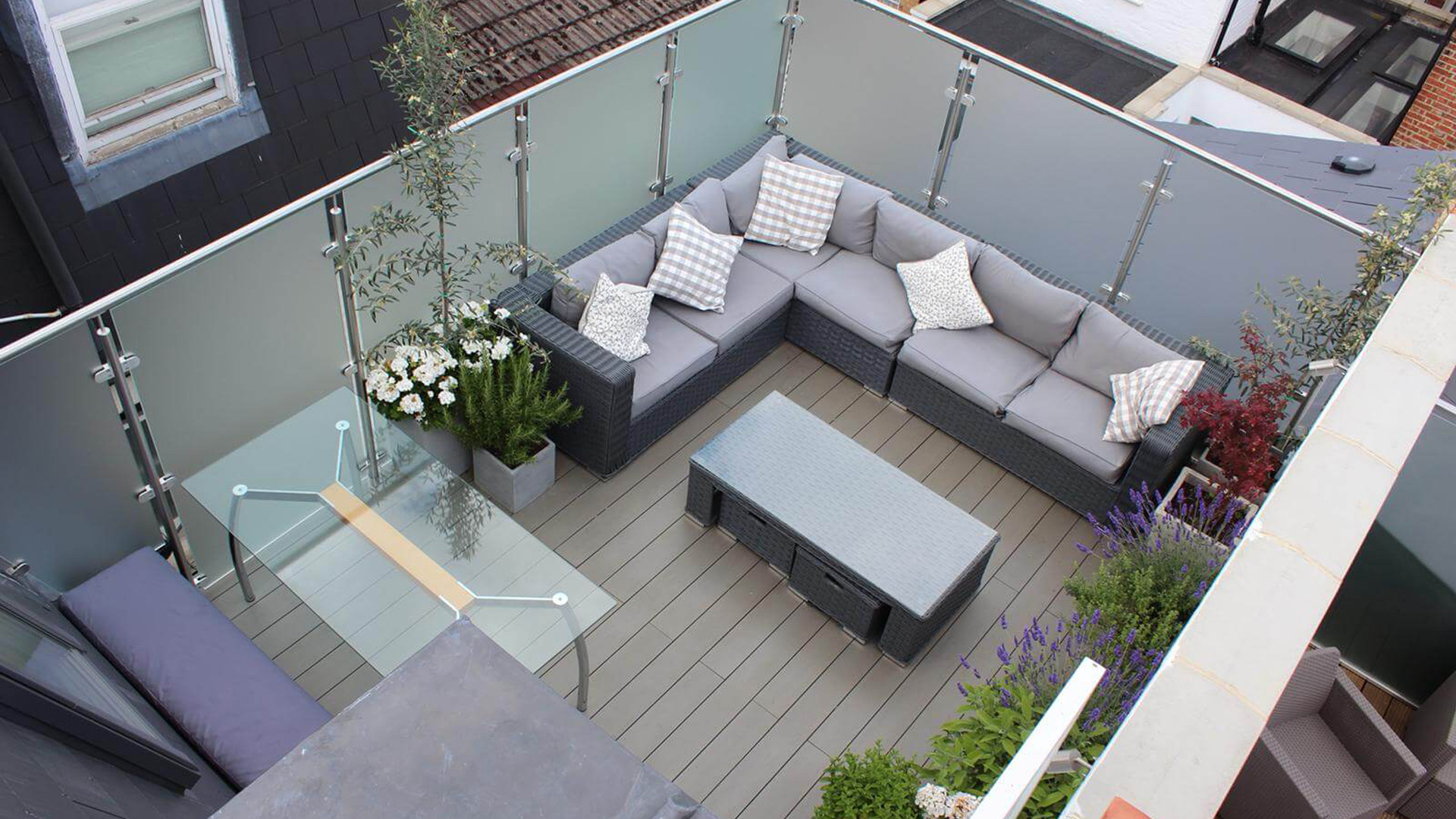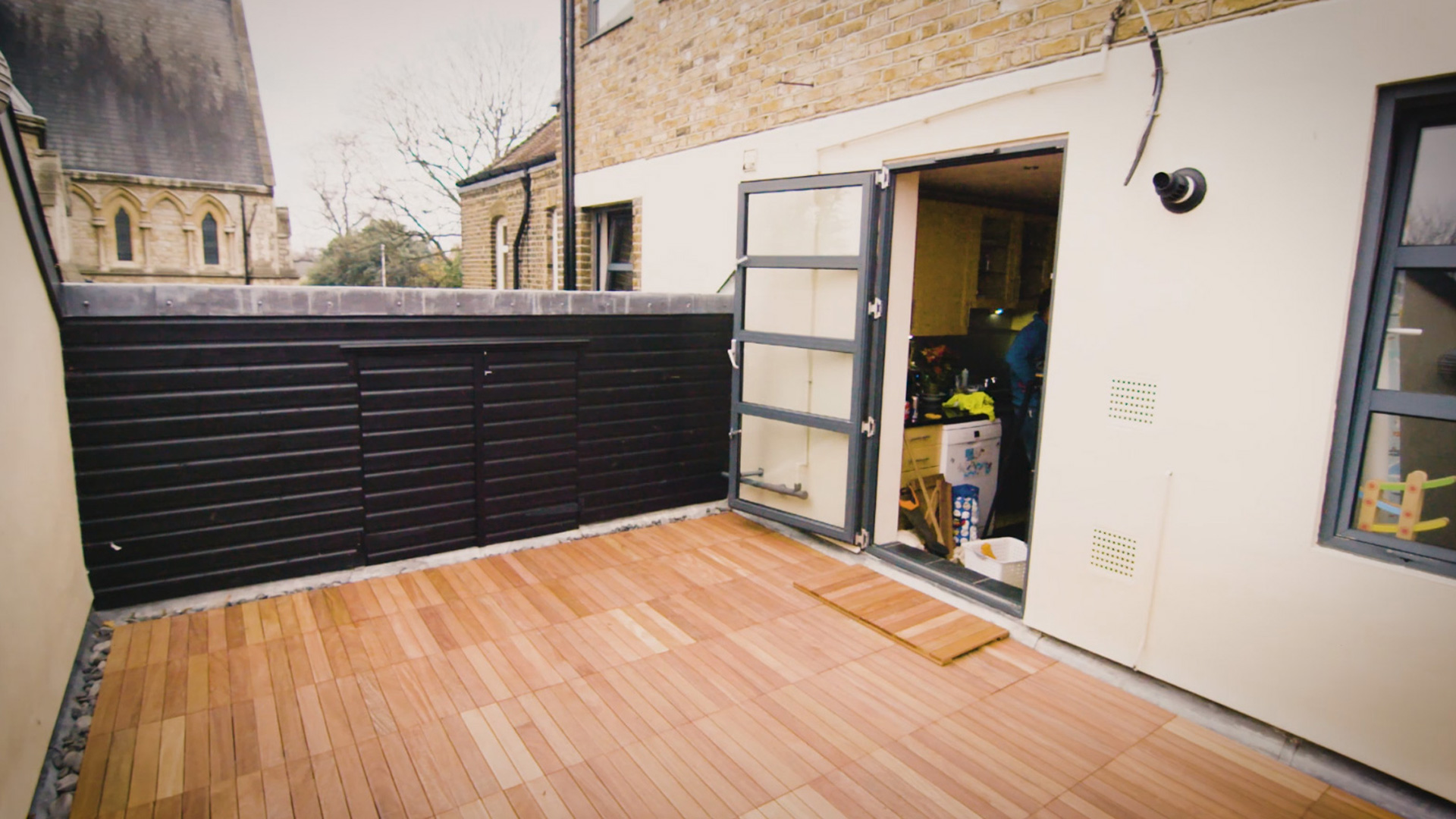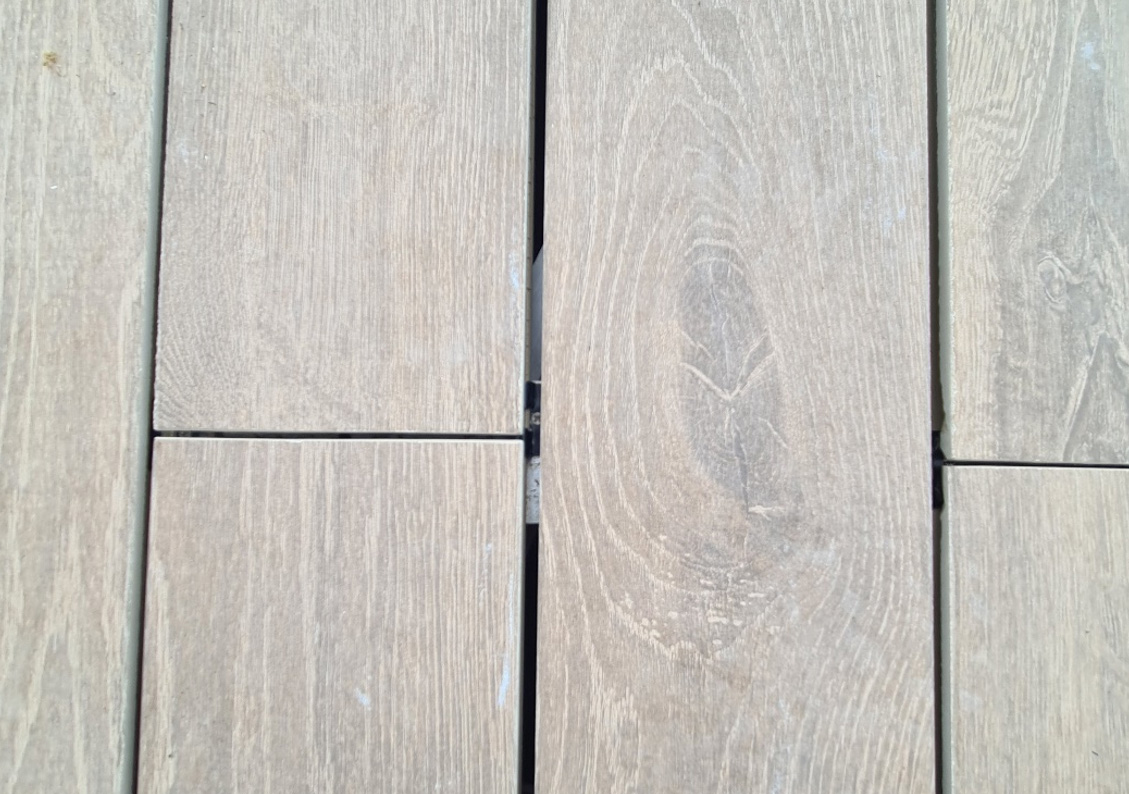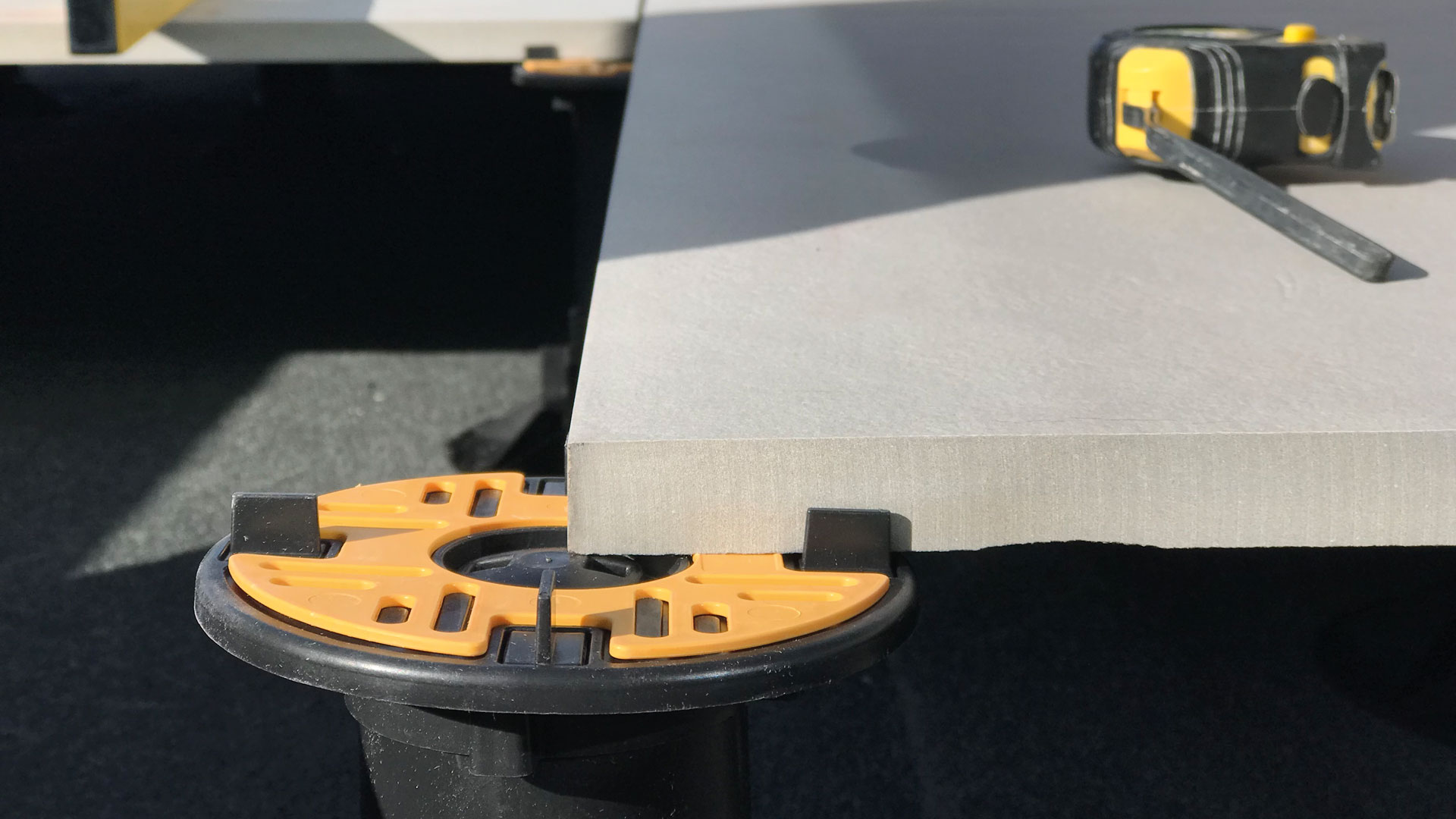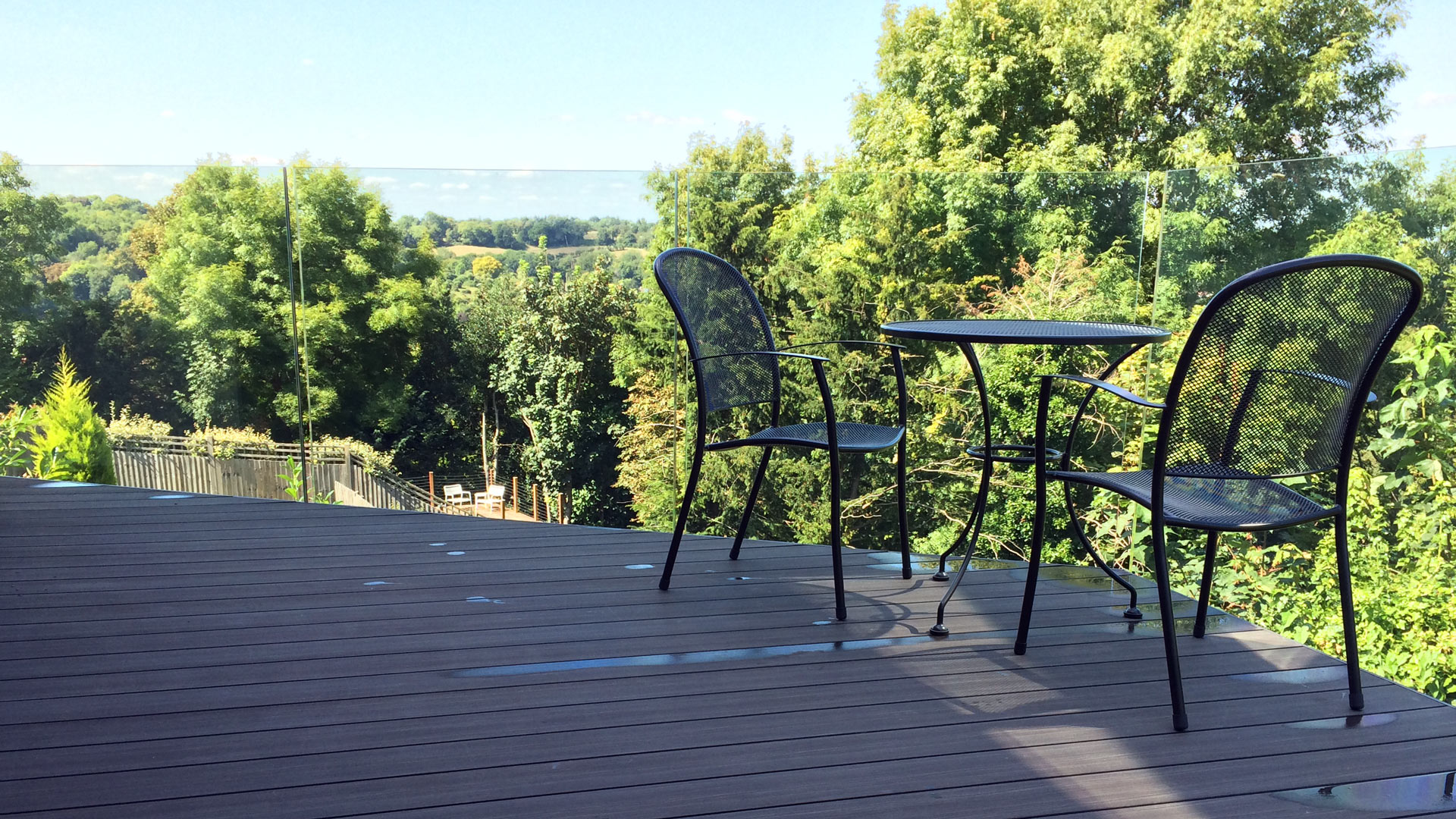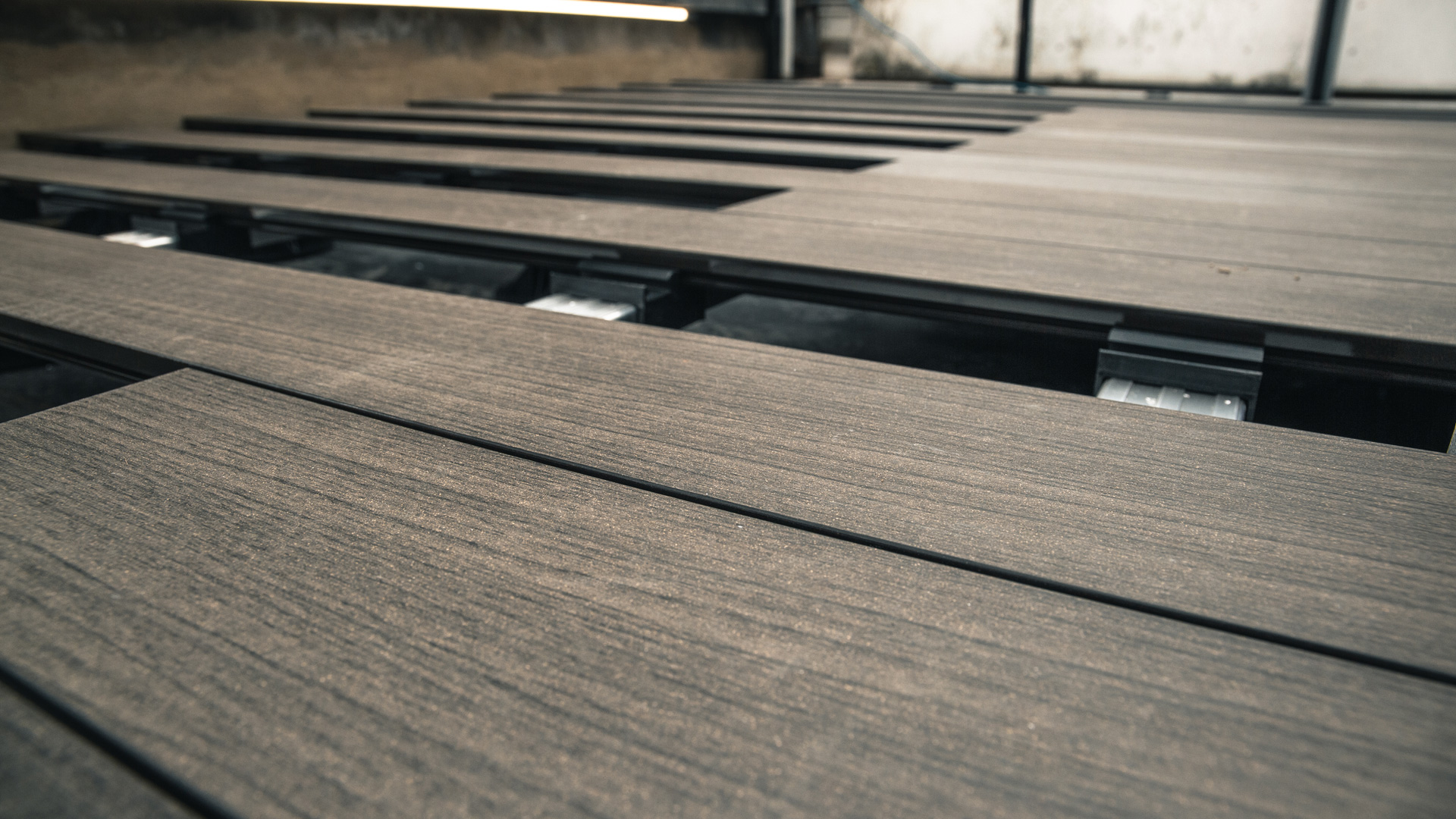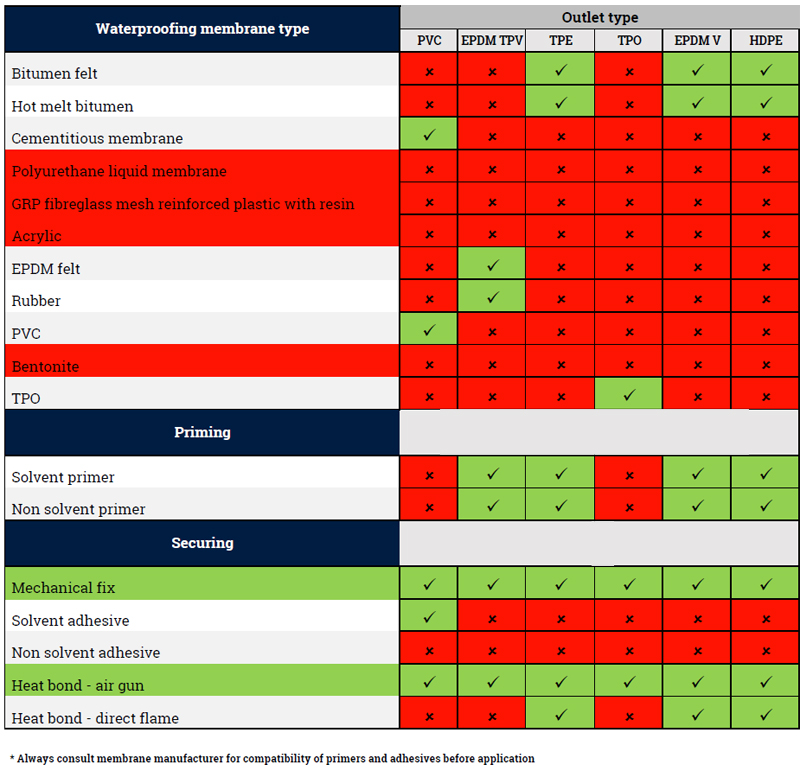Improving the Environment
Carbon sequestration
Plants absorb carbon dioxide and release oxygen during photosynthesis thereby counteracting emissions and helping towards net zero.
Air quality. Sedum and other green roof plants absorb soot and other pollutant particles which helps to improve air quality.
Urban Heat Island Effect
The evaporative cooling of green roof vegetation also reverses the heat-reflecting effect from hard impermeable surfaces such as waterproofing membranes and concrete. The plants actually absorb heat and turn that heat into energy to grow, unlike concrete or brock which will absorb heat during the day and radiate it back into the atmosphere, artificially increasing the ambient air temperature.
Micro Biodiversity
Green roofs can replace and create habitats that have been lost as a result of urban development and replicate what was at ground level to roof level; encouraging a range of insects, birds and other wildlife.
Macro Biodiversity
Green roofs can be used to allow the creation of ‘green bridges’ or ‘bee corridors’ through the built environment. This not only helps with the aesthetics of the area but also allows the natural flow of flora and fauna through urban developments.
Acoustic performance
An extensive Green Roof can insulate up to 40dB and an intensive Green Roof can insulate up to 50dB. This reduction in the transfer of noise can make a noticeable difference in highly dense urban environments.
Improving the building
Protecting the waterproofing
The build-up of a green roof protects the waterproofing layer by covering it. This reduces the impact on the membrane from UV, temperature fluctuations and other atmospheric pressures. A green roof protects the waterproofing by mitigating expansion and contraction. This protection prolongs the life of the waterproofing.
Reduction in solar gain
Returning moisture to the atmosphere through evapotranspiration, solar gain can be reduced. Moist air helps trap dust and some gasses which reduces pollution
Amenity and well-being
Green roofs have a positive visual impact and can provide valuable outdoor recreational areas.
Creates more space
A green roof can create an amenity or leisure space for the building which maximises the footprint and gives greater financial yield. Green roofs can include playgrounds and play areas, ornamental gardens or areas in which fruit and vegetables can grow. They have been shown to improve people’s mental health.
Building performance
Insulation
The evaporative cooling effect combined with increased insulation or thermal mass can reduce the need for summer cooling (air conditioning etc) which results in reduced carbon emissions.
Scoring BREEAM points
Improving the energy performance of buildings and embracing Green Roofs helps to meet standards such as the code for sustainable homes and BREEAM. It also helps to meet planning requirements and revisions in Part L Building Regulations.
A development incorporating a Green Roof can earn up to 6.2 points on an Eco Homes score. It can also score substantial points for sections LE04 and LE05 using the ecology of the roof to enhance plant species, local biodiversity and water storage.
Aiding planning consent
There are a number of central and local Government initiatives (including the London Plan) to encourage the greening up of both existing spaces and new build developments and often planning consent is directly tied to green roofs and sustainable drainage systems.
Reduces whole life costs
Typical roof installations have a life expectancy in the region of between 15 and 20 years. The building of a green roof system has been shown to have a life expectancy in excess of 50 years. This means the whole life of the development will be significantly lower than a traditional roof construction.
Drainage
Water attenuation and flash flooding
Urbanisation and land development create hard impervious surfaces, which absorb only 5% of rainfall. The remaining 95% of the rainfall becomes runoff. This puts enormous strain on sewers and river systems. Adding a green roof can capture over 50% of rainfall and will slow down the time before the run-off rainwater hits the drains for up to 1 hour. This is a major benefit in reducing the risk of flooding.
Green roofs as part of a SUDs solution
Sustainable drainage and water retention and attenuation are major parts of the SUDs design and method. As well as capturing stormwater and slowing the run-off, green also provides a filtering and cleansing benefit.
Water discharged from a green roof is proven to be cleaner than from concrete surfaces and this water can be stored and recycled within the building/masterplan development via grey water schemes.
Please click here for more.


